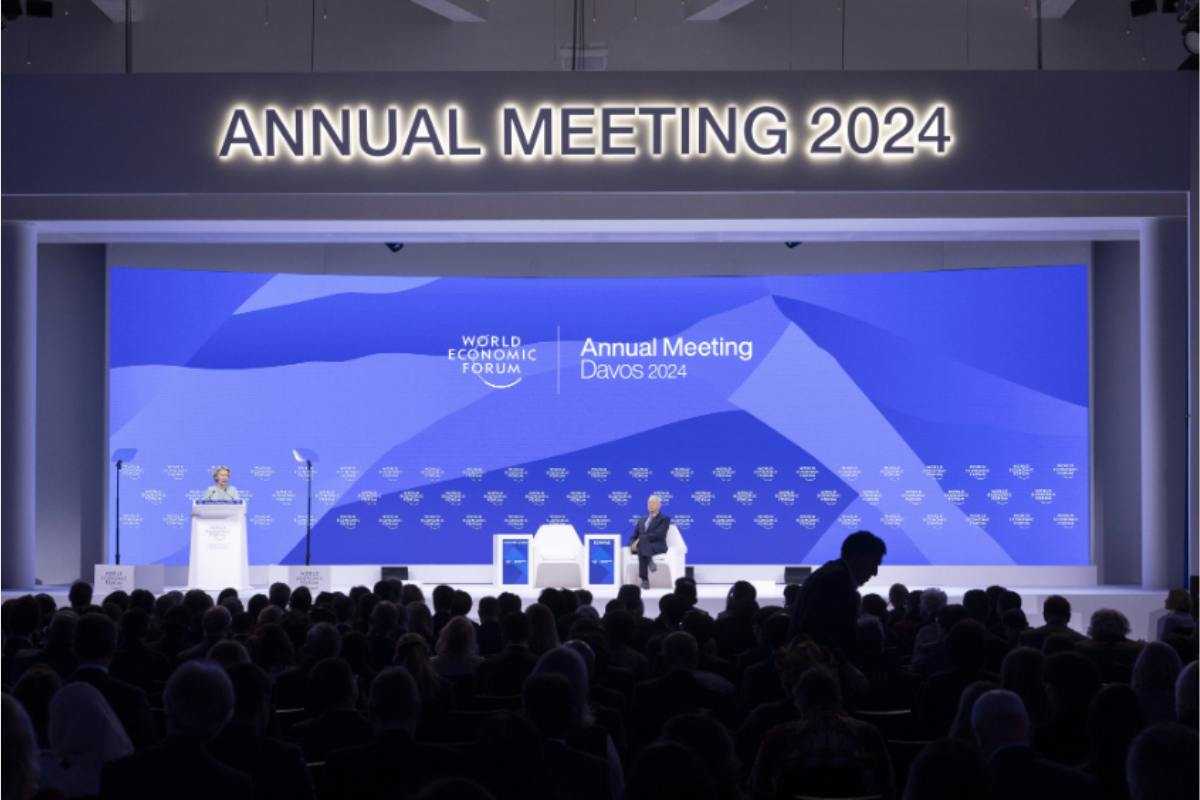

Everyone these days is talking about distance learning—the upheaval it has caused for teachers, parents and students as the school day moved online, the struggles facing districts without the resources and knowhow to shift classrooms into a virtual format, families who lack reliable internet connections and the bandwidth necessary to support home schooling, and the most recent trend of students, parents and teachers simply calling it quits on the remainder of the current school year and looking towards fall.
The COVID-19 pandemic and the challenges we have faced globally to support learning have also, once again, brought to light significant inequities in the opportunities available to young people who have access to high-speed internet and those who do not.
With back-to-school plans for fall in flux in many geographies, these conversations are important. It is critical that we take action to close the digital divide and support students, parents, and educators as they adapt to this new normal and prepare for an uncertain future.
Yet there are also silver linings emerging that deserve our attention. A culture shift is underway. Historians will no doubt look back on this time as the moment in which we moved into the virtual world more fully than we had at any moment before. This shift will spark opportunities that forever change the way young people take in information, interact with one another, and engage in the world.
Ready or not, educators, parents and students have been thrust into a global pilot. They are experimenting with new models of online learning and instruction, testing a range of digital platforms to connect with one another and acquiring a refence library of content and partners. And this learning isn’t just happening inside the traditional classroom structure. This learning is happening amongst librarians, after school program directors and a host of community organizations that seek to serve young people wherever they are.
The collective digital literacy of the ecosystem that supports learning has amped up a few notches. And with this comes exciting opportunities, not to supplant classroom learning with learning from home, but to bring the world to our young people—both inside and outside the traditional classroom walls—in new and innovative ways, at unprecedented scale. Imagine, for example, connecting fifth graders in Chicago studying archeology with a live dig site in Morocco to watch scientists in action and ask them questions—in real time—about their discoveries. Or connecting 10th grade classrooms in Nashville and Tokyo on a Zoom call to talk about World War II and the impact of Pearl Harbor and Nagasaki. In this current moment, imagine orchestrating virtual conversations through libraries across the country that bring students together across state lines and socioeconomic divides for thought provoking conversations around racism and injustice.
This work is not fantasy. It is happening now. Virtual platforms have been used for years to inform and connect young people around the world. But the uptake of these types of programs has been slow due to lack of resources, time, bandwidth and digital savvy, primarily amongst educators.
Our global interconnectedness is on stark display during this crisis and it will no doubt drive young people’s interest in engaging with the world in new and innovative ways. At the same time, global competencies, such as recognizing the perspectives and world views of others, communicating ideas clearly and effectively with diverse audiences, exploring and understanding the world outside one’s immediate environment and knowing how to take action to achieve desired change will continue to gain importance in the job market.
The world has changed fundamentally, and we will never fully return to the way things were before. We now know that there is a world of opportunity that we can tap into through our computer screens. Given the differences in access to these valuable resources, there are tremendous opportunities for philanthropy and corporate investment that support the learning environment of the future and bring the world to our children in new and innovative ways that will capture their imaginations, spark their curiosity and, ultimately, drive their success.


.jpg)